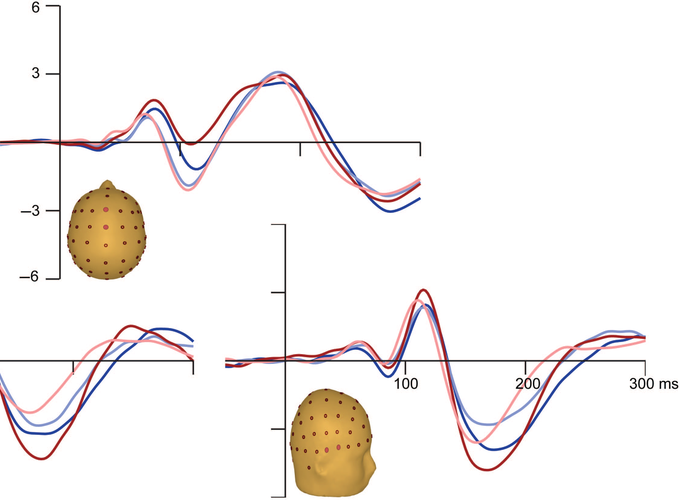The Development of Multisensory Integration in High-Functioning Autism; High-Density Electrical Mapping and Psychophysical Measures Reveal Impairments in the Processing of Audiovisual Inputs
Abstract
Successful integration of auditory and visual inputs is crucial for both basic perceptual functions and for higher-order processes related to social cognition. Autism spectrum disorders (ASD) are characterized by impairments in social cognition and are associated with abnormalities in sensory and perceptual processes. Several groups have reported that individuals with ASD are impaired in their ability to integrate socially relevant audiovisual (AV) information, and it has been suggested that this contributes to the higher-order social and cognitive deficits observed in ASD. However, successful integration of auditory and visual inputs also influences detection and perception of nonsocial stimuli, and integration deficits may impair earlier stages of information processing, with cascading downstream effects. To assess the integrity of basic AV integration, we recorded high-density electrophysiology from a cohort of highfunctioning children with ASD (7–16 years) while they performed a simple AV reaction time task. Children with ASD showed considerably less behavioral facilitation to multisensory inputs, deficits that were paralleled by less effective neural integration. Evidence for processing differences relative to typically developing children was seen as early as 100 ms poststimulation, and topographic analysis suggested that children with ASD relied on different cortical networks during this early multisensory processing stage.
